By Devin Pratt
Making headlines this month is news that legendary daredevil Nik Wallenda will attempt to cross the Grand Canyon on a high wire—without a harness. To celebrate Wallenda’s hair-raising stunt on June 23, we’re taking a closer look at one of the world’s most treasured natural wonders.
While there’s no questioning the allure of the Grand Canyon, what exactly is it about this natural wonder that captivates millions of visitors every year? Is it the history—the fact that it’s a living, breathing measure of time and place? Or maybe it’s simply the awe-inspiring magnitude of the formation. In any case, here’s what you need to know about the iconic landmark.
Young at Heart
Exactly how old is the Grand Canyon? According to the National Park Service, the rocks at the bottom of the canyon are approximately 2,000 million years old. However, the canyon itself has formed in only the past five or six million years. As a comparison, Lake Baikal in southern Siberia is more than 25 million years old, Asia’s Mount Everest is approximately 60 million years old, while the Appalachian mountains in the United States formed more than 400 million years ago. Relatively speaking, the Grand Canyon is a youngster.
Tale of the Tape
There’s no denying the sheer expanse of the Grand Canyon. Anyone who has stood at the edge can testify to the stunning vastness of the formation. In fact, the widest part of the canyon is 18 miles, while the deepest point is 6,000 vertical feet. That means you could stack more than four Empire State buildings in the deepest area of the canyon and still not reach the rim.
Cultural Connection
In 1869, Civil War veteran and geologist John Wesley Powell led what is considered to be the first known passage through the Grand Canyon. However, according to the National Park Service, Native peoples have inhabited the Grand Canyon for 12,000 years. In fact, architecture from the Pueblo Period—more than a 1,000 years ago—is still visible along the banks of the Colorado River. Historically, 11 Native American tribes claim cultural ties to the canyon, including the Navajo Nation.
Where the Wild Things Are
While the entire park is considered to be semi-arid desert, the Grand Canyon is home to a diverse bio community, including 1,737 known species of plants. The canyon’s habitat also hosts a plethora of critters.
There are approximately 47 reptile species in Grand Canyon National Park, including the pink rattlesnake, which is the most common type of rattlesnake in the park. This unique critter has a hue that’s very similar to the landscape of the Grand Canyon, giving it the ability to blend in with its surroundings—great for the snake, not so great for unsuspecting hikers.
The canyon is also home to 373 bird species, including the bald eagle and the California Condor, which is the largest North American land bird with a wingspan of up to 10 feet and can weigh as much as 26 pounds. The park serves as a key refuge for the bird and one of the best places in the world for viewing this protected creature in the wild.
While rare, bobcat, gray fox, and mountains lions are also present at the river levels of the canyon. Black bear, mule deer, and elk can be found at the park’s higher elevations.
When to Go
As you can guess, heavy crowds are common at the Grand Canyon during the spring, summer and fall months. Your best bet is to aim for early spring or late fall, as crowds subside but the weather typically remains mild. While the South Rim remains open throughout the year, the North Rim closes in late October due to heavy snow and remains closed until early to mid May.

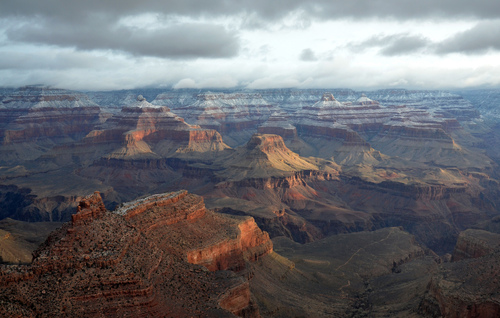
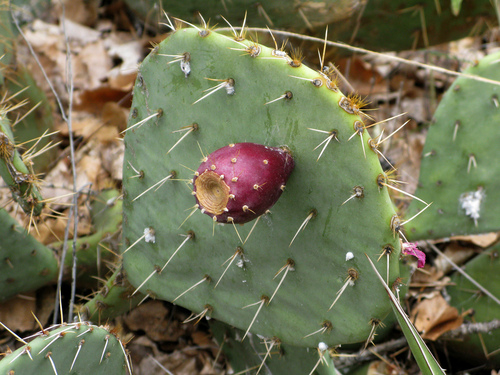
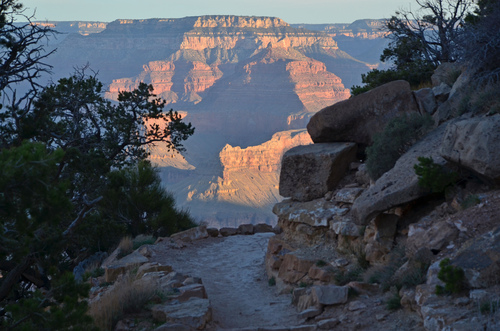
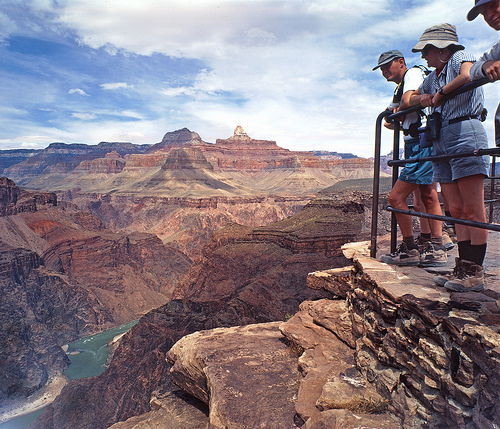

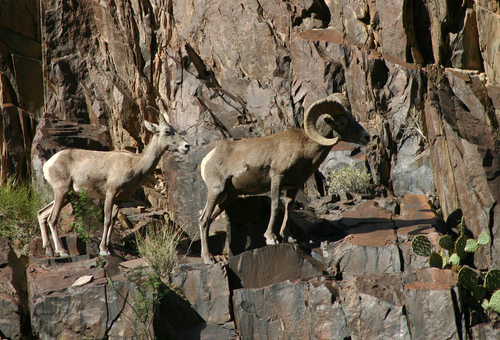
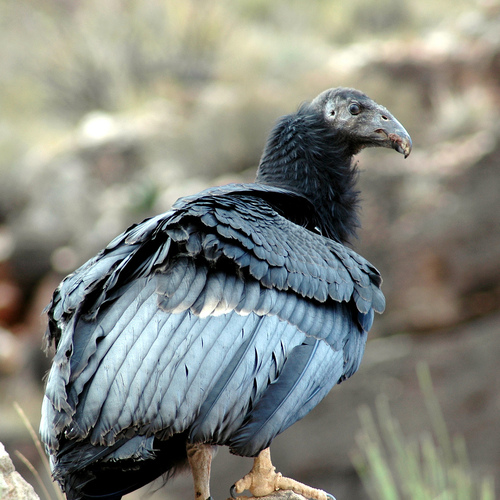
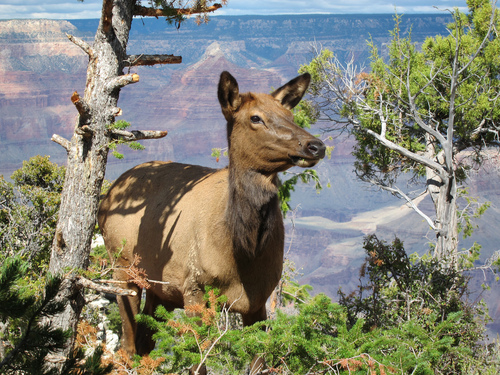
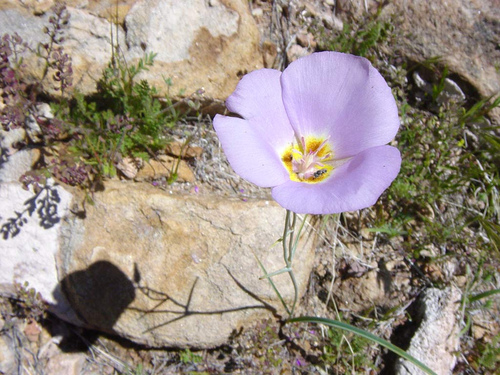
Leave a Reply